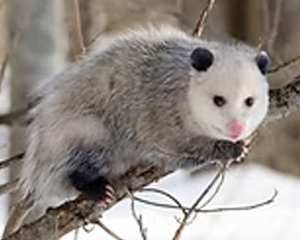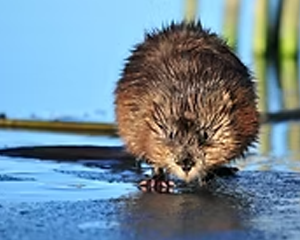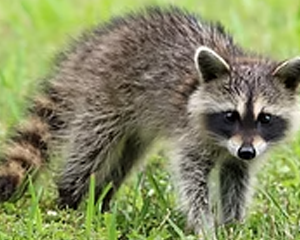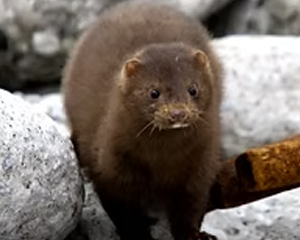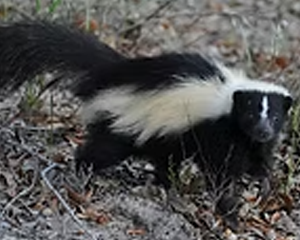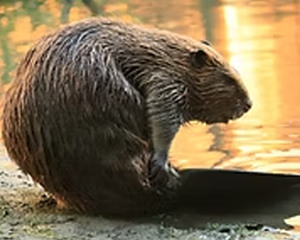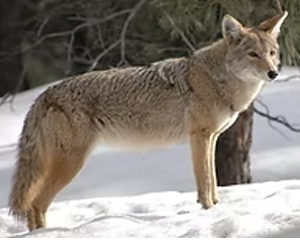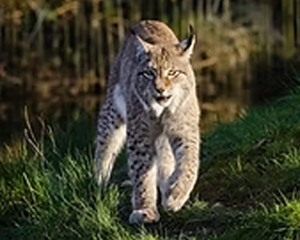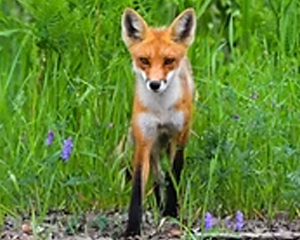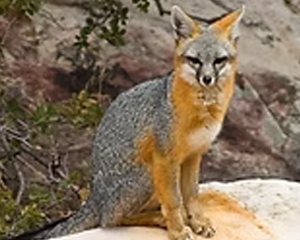About Furbearers
UTILIZING OUR ABUNDANT MISSOURI WILDLIFE
On this page
- About Furbearers
- Commonly Trapped Furbearers
- Resources
- About Trapping
- Missouri Department of Conservation Field Guide
About Furbearers
Furbearers are wildlife species traditionally managed for their pelts and for conservation purposes. In Missouri, responsible, regulated trapping helps maintain healthy populations, reduces conflicts, and supports outdoor education and heritage.
Commonly Trapped Furbearers
Missouri is home to a rich variety of furbearing animals that play vital roles in the state’s ecosystems and outdoor traditions. This section highlights the species most commonly encountered by trappers — including beaver, muskrat, mink, badger, raccoon, coyote, fox, bobcat, skunk, otter, and opossum. Each profile explores identification traits, preferred habitats, feeding habits, and seasonal behaviors, along with insights on responsible and ethical trapping practices. Whether you’re a seasoned trapper, a new enthusiast, or simply curious about Missouri’s wildlife, these pages provide valuable information to promote conservation, education, and sustainable management of our furbearer populations.
Contact Missouri Trappers Association
Get in touch with the Missouri Trappers Association by filling out the contact form. We appreciate your support!
For questions regarding your membership, please call
Joslyn Search: (660)292-1911




